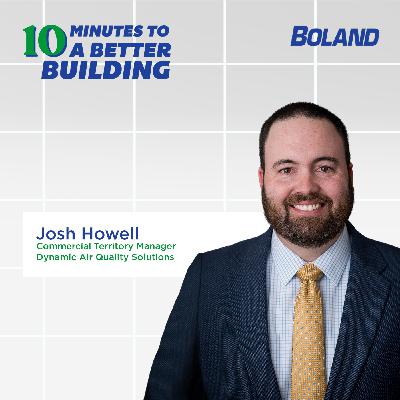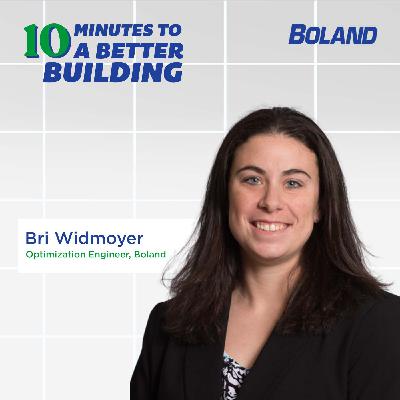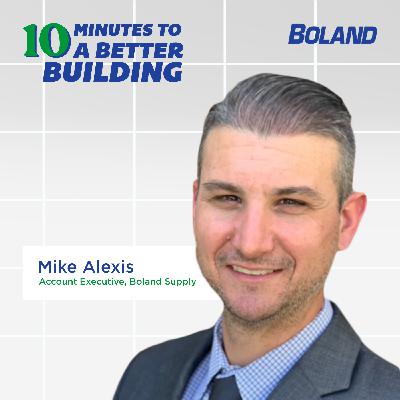EP 32: Understanding the Basics of Sustainability
Description
Julie Wolfington, Energy and Sustainability Leader at Boland, made her third appearance on 10 Minutes to a Better Building to talk about sustainability’s essential issues in building management. For years building practices used more of the earth’s resources than returned to the environment. That practice is not sustainable, and companies recognize things need to change. So how does a business know if it’s sustainable, and how do they measure it?
“The concept of sustainability refers to three main pillars,” Wolfington said. “The environment, which is the pillar we mostly think about, but also there’s the social pillar, and the economic pillar.” For this discussion, Wolfington focused on the environmental aspects of sustainability.
In terms of the environment, one way to measure the sustainability of a business is through the emissions output. Certain greenhouse gases, such as those emitted from a car or refrigerants, can devastatingly affect the environment. “Greenhouse gasses are measured by their capacity to store the sun’s heat,” Wolfington said. “This is referred to as its global-warming potential or GWP.” These measurements translate to numbers that help determine how dangerous a particular gas emissions output is for the environment.
Wolfington used the CO2e (carbon dioxide equivalent) scale to demonstrate how these measurements work. For example, one molecule of methane has the same heat storage capacity as 74 molecules of CO2. So, while CO2 may be the most prevalent greenhouse gas, some of these other gases could prove more harmful to the environment, and reducing those emissions is a critical step towards sustainability. Wolfington said Boland works closely with their customers to help them meet their sustainability goals and find ways to reduce those emissions in their buildings.


















